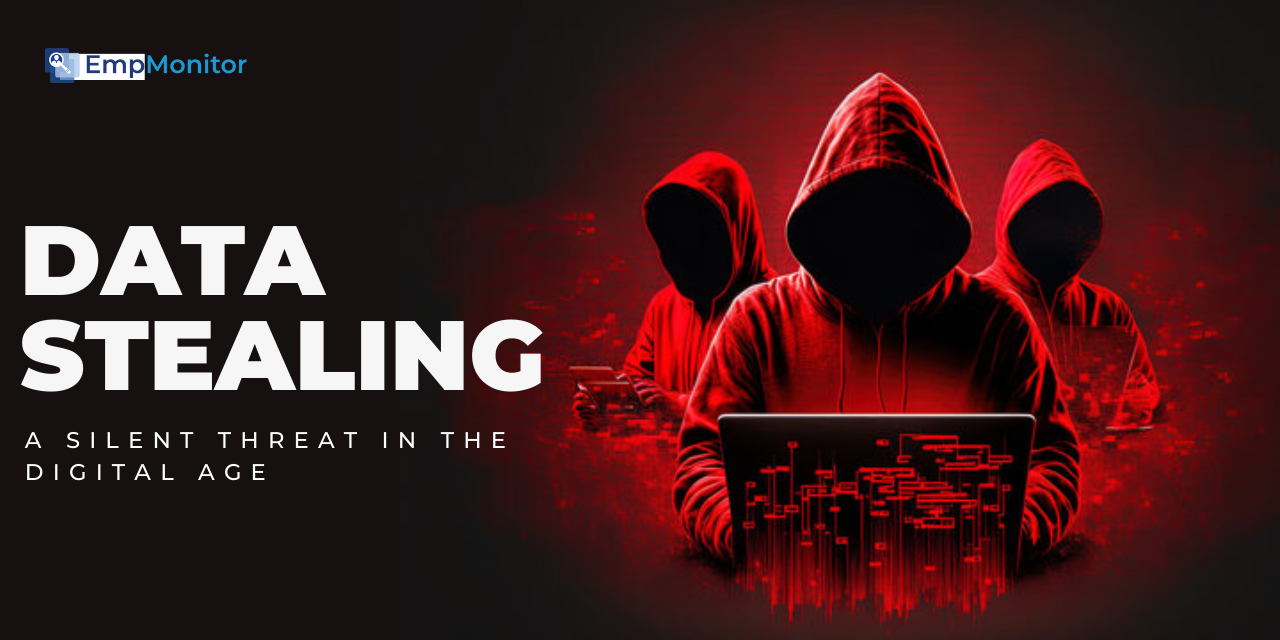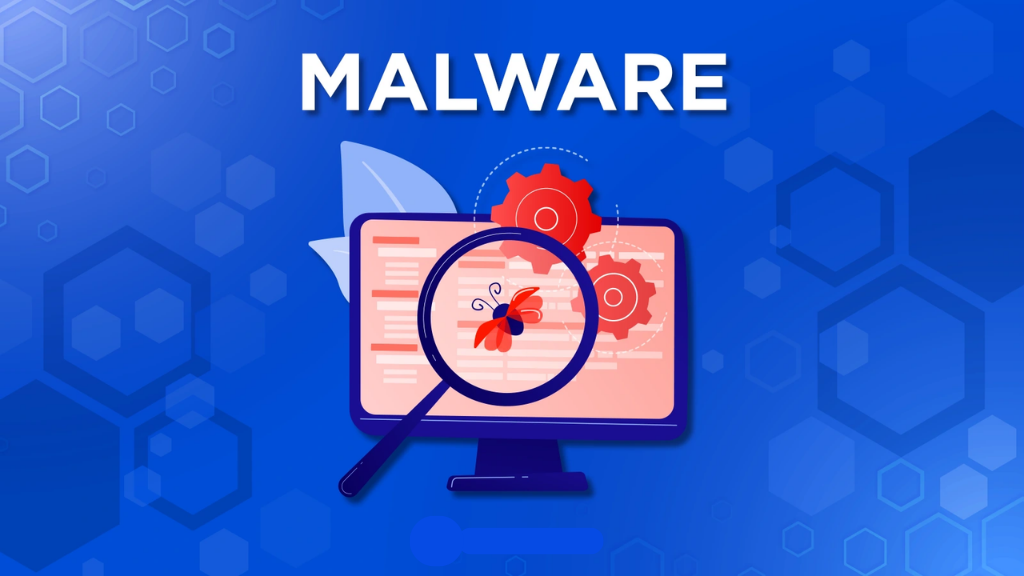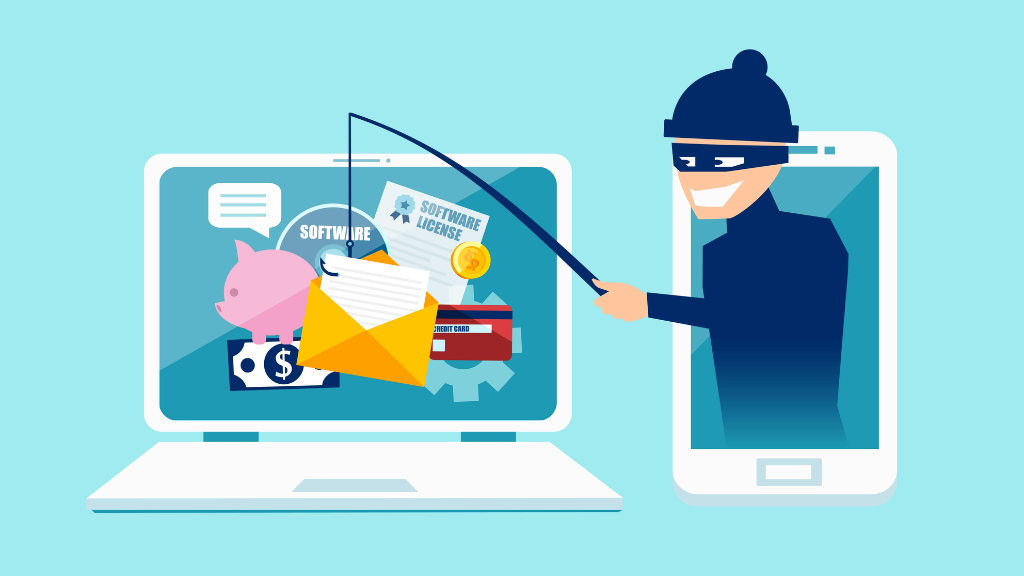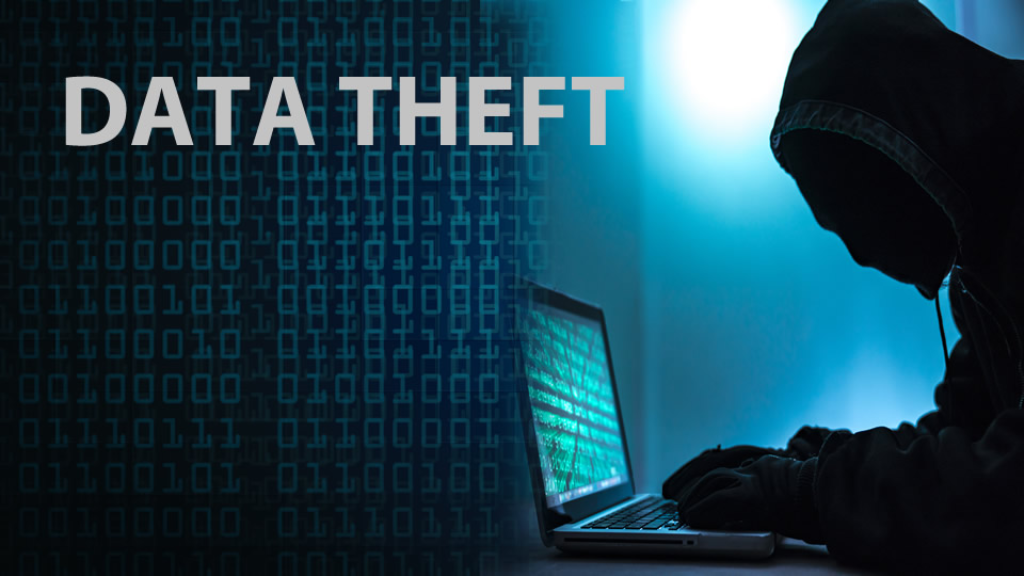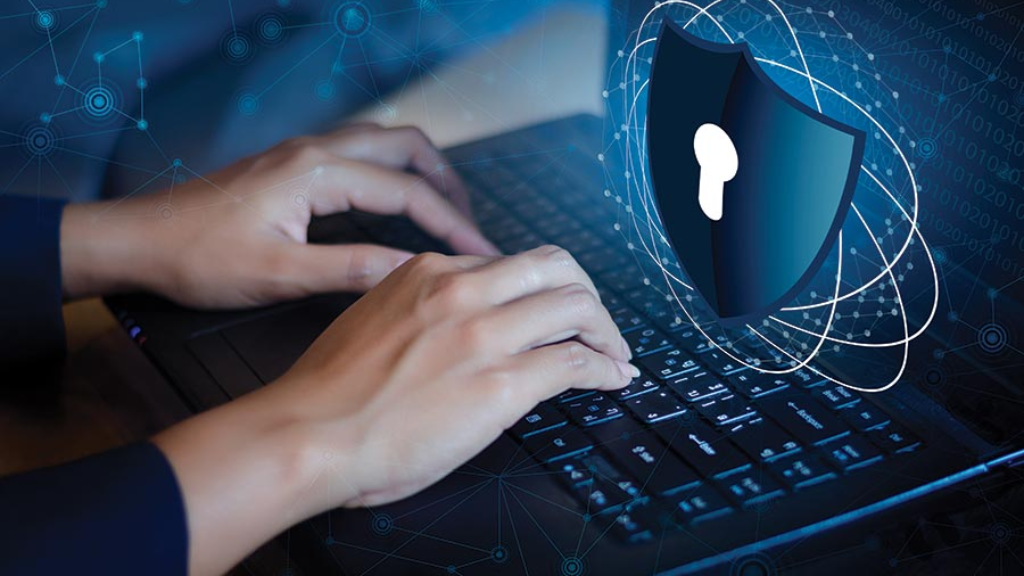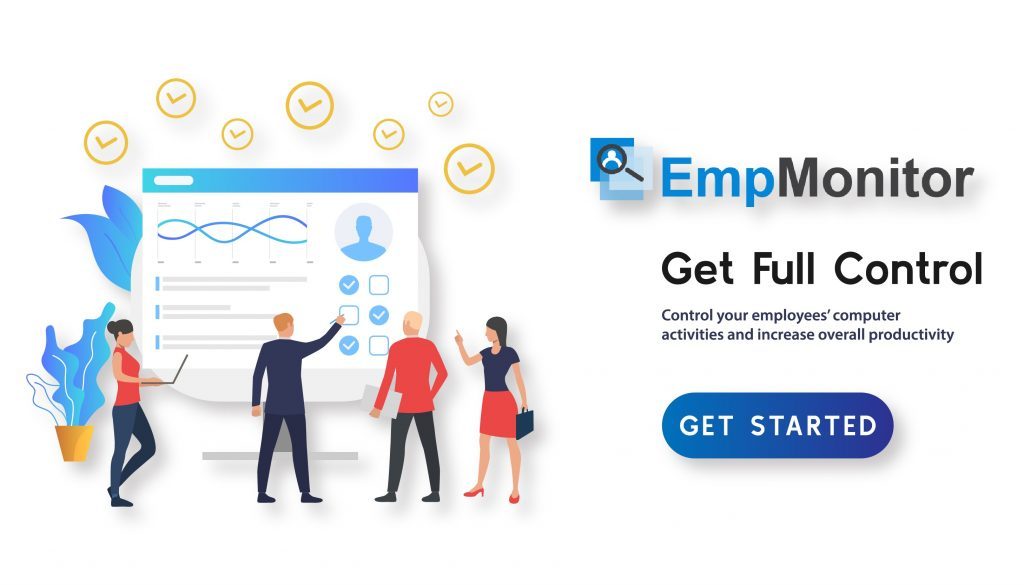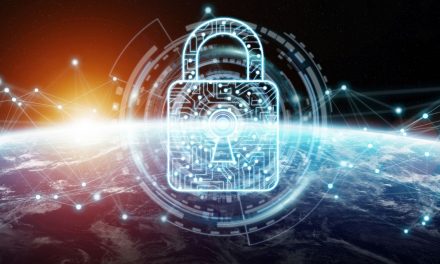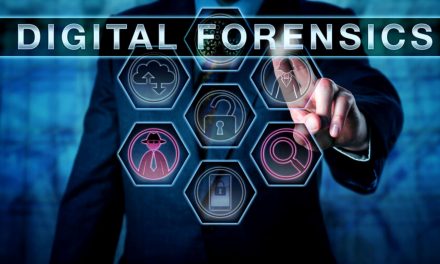In this vast and interconnected digital age, sensitive information is a valuable asset for every organization. But a silent threat called data stealing influences the privacy and security of companies and individuals.
It is a crime prevalent in a technology-driven society where unauthorized access, collection, or disclosure of sensitive information happens. For corporates, data theft holds much significance. The data stored in their database, servers, and the devices they use is vital to them and is a risk for organizations of all scales.
Data theft, as the name goes, might implicate malice in the heart of whoever does it. Several employees have said to take classified information to work at home after being told several times by their organization to do otherwise.
However, many businesses put themselves and their consumers at high risk to secure customer data. Data stealing starts from substandard security measures like faulty password management or access to certain pages using insecure networks.
Professional data thieves gain access to an organization’s networks by using these insecure channels and hanging around, pretending to use everything as a legitimate employee would. While hiding in plain sight, they can gain access to classified information, which could make or break the position of an organization in the industry and use it for their gain.
So, it is vital to take proactive measures to detect and prevent data stealing incidents. Choose the best tool to protect sensitive data, detect suspicious activities, and enhance employee productivity.
In this blog, we will explore the types of data stealing, why this silent threat occurs, its prevention, and the best tool to protect organizational information.
TAP ON PLAY BUTTON TO LISTEN:
Types Of Data Stealing:
An organization needs to be careful while assessing its cybersecurity measures to ensure no trespassing of its digital barriers. Data stealing can take many forms in the digital world today. Some of them are:
Malware:
One of the most common forms of data theft is popularly known as malware or “malicious software” and works the same way a kidnapper does. They make their way in through downloaded files on systems containing vital information. It aims to hide and steal keystrokes, browsing history, access to file systems, and all the other ways to harm and give your information away to third parties.
Ransomware:
Once inside the system, ransomware gains access to and prevents all access to vital files. In exchange for access to these files, these data thieves demand ransom form of cryptocurrency from these organizations.
Phishing:
Phishing originates from data stealing caused by websites that look as surprisingly accurate as they are trying to enact. These websites make users fill out forms asking for sensitive information with the face of trusted websites and are free to do whatever with the information they now possess.
Stolen Information:
Whether intentionally or unintentionally, employees in an organization take something home which they are not supposed to. The organization has no control over what its employees do outside the premises. Any classified information taken outside the premises for noble or evil purposes is stolen information as per the law.
DDoS (Distributed Denial-Of-Service):
DDoS occurs in large-scale industries like banks or education institutes and is probably the most dangerous form of corporate data stealing that can occur. DDoSing these servers causes them to be inaccessible to intended users in an attempt to stop them from logging into these websites. Organizations shut down totally while they deal with security breaches
Why does Data Theft occur?
Data theft, more commonly known as data breaches, occurs more regularly than we think. In 2020 alone, close to 4000 data breaches were confirmed. Information of thousands or millions can be at risk by just one instance of data theft implied on a company.
Pin-pointing data stealing as one possible loophole in an organization’s security measures is not realistic. Several factors influence the security of data in an organization. Some of them are:
Weak Passwords:
Generally, employees don’t think twice while generating passwords for their official accounts online. Weak or insecure passwords are the #1 reason for data theft in corporate organizations.
Weak Monitoring of Emails:
Emails are the #1 avenue for spreading phishing attacks and making malware and other breaches to a network of computers in an organization. Organizations need to take utmost care of the emails in their network system and monitor them very carefully to prevent any occurrences of data theft.
Insider Threats:
Employees tend to leak or fail to hand over company information safely. It leads to compromised information crucial to the organization, such as information on customers or clients. Any breach of this information may cost the organization a large sum of capital. At the same time information can be released by unsatisfied employees looking for some personal gain. Organizations need to ensure the satisfaction of their employees. So they don’t compromise the security of the organization for their profit.
Public Information:
Information readily available to the public is also available to these individuals propagating data stealing. When customers interact with the organization via comments on social media and other public means, data thieves may extract the list of users important to your organization and use that information for personal gain. Any data belonging to the organization and worthy to them is also crucial to these hackers.
Data theft has been a problem since people started using the internet for malicious purposes. Data breaches in the health industry rose by 58% in the past year. Ultimately, data theft scams rose by 400% in the pandemic alone, declaring coronavirus the biggest threat to data theft.
Now we have discussed why data stealing occurs. Let us look at how organizations can ensure the safety of their data and come up with an effective data theft prevention plan:
Data Theft: How Much Do They Cost?
Statistics show that around 53% of companies had over 1000 files sensitive to the organization accessible by every employee. An organization needs to invest in preventing data theft. It not only costs the organization capital but also sensitive information about their customers and employees.
To assess the gravity of the situation in case of data theft, security personnel take both the direct and indirect expenses incurred by the organization into account. Direct costs include damage control to the customers (so the security breach does not avert them) and any experts leading the investigation inside the organization. Indirect expenses include revamping communication and security systems and any damage the company’s reputation might have withstood.
These expenses together make up for the damage caused in case of data theft in an organization. Infant companies tend to overlook security breaches because of how unaware they are of such threats. These threats could be life-threatening to the organization if not taken care of and planned properly.
Amongst all industries, healthcare pays heavily in case of a data breach averaging approximately $7 million. This figure is nearly double what it usually costs organizations around the globe to deal with data theft: averaging around $3 million.
In the future, by 2025, data theft is said to set the world back by $10.5 trillion if not taken seriously today. In 2021, a ransomware attack hits an organization every 11 seconds, exposing the sensitive data of millions of individuals across the globe. Similarly, as of 2019, data theft gave way to the exposure of approximately 4 billion records of information everywhere.
This information is evidence of how vital it is for an organization to spend money on data security measures for their organization. Data theft sets back organizations by millions to prevent any breaches in their security and for a good reason.
Now that we have discussed how important it is for organizations to invest in data theft security measures. Let us look at how organizations can ensure the safety of their data and come up with an effective data theft prevention plan:
Data Theft: Prevention IS Better Than Cure
Safeguarding Network Access: Ensuring and creating classification levels for accessing certain classification levels of information in an organization is vital. It ensures that only the people supposed to have specific data possess them. Safeguarding your network in a foolproof manner builds the protection of cybersecurity and prevents breaches.
Deploying security measures on employees’ end: In the pandemic, employees everywhere have caved into their homes and worked in their comfort zones. But the data they work on must not be compromised, no matter where it is. Employee monitoring applications such as EmpMonitor help monitor the work of sensitive information. Organizations must ensure the deployment of these security measures on their employees’ devices, enabling them to work on the data without fearing a breach of any kind.
Implementing strict security guidelines: Organizations must pen down instructions for security measures to prevent data theft. Specific rules regarding password protection, email, and data privacy are followed religiously in the workplace.
Testing and Analyzing Deployed Security Measures: Technology keeps updating itself, and so do all the ways to turn corporate security measures useless. Also, security measures should be constantly tested and checked for flaws to prevent data theft.
This list could go on and on! But the point is data stealing threats are not taken lightly by any organization. Any leak of sensitive information would disrupt the goodwill of the said organization and result in a shutdown. Thankfully, because technology has updated itself over all these years, employee monitoring applications are a thing. And we have the best in store for you!
Also Read:
How To Prevent Your Company From Data Theft?
How Digital Forensics Can Help To Investigate Data Theft?
Empmonitor: The Ultimate Solution For Data Loss Prevention
EmpMonitor: Data Theft, what?
As we know, data security is the most factor for an organization to secure sensitive data between employees and employers. Empmonitor is one of the best tools to provide complete A-Z protection of data confidential to your organization. It has built-in features that enable employers to identify information more sensitive than others and handle it with utmost precision.
It is a guarantee that EmpMonitor will detect any threats or breaches in your organization’s security in time to reduce your organization’s risk exposure to a minimum. By identifying threats that might turn into a loss, EmpMonitor implements security controls and detects any abnormal activity providing you with complete control of the safety of your information.
EmpMonitor is one of the more intelligent employee monitoring systems in the market. It has AI-Powered UBA (User behavior analytics) that analyzes the behavior of your employees during their working hours.
In a case study done by EmpMonitor, one of their clients faced several challenges in their business. Being a legal firm, they had sensitive information on their clients that they could not risk exposure or a breach in their security. They were also concerned about securing the information on their employees working remotely and wanted to confine the data in their devices themselves.
EmpMonitor succeeded in helping their client by:
- Limiting any exposure to their company’s property
- Monitoring and identifying any online threats
- Identifying any over-sharing of employee data theft
- Logging real-time keystrokes of their employees to understand the tasks they are working on
- Receiving regular automated screenshots of their employees’ monitors to check on them periodically
Not only protecting you against data stealing for your organization, but
EmpMonitor also takes care of the activities carried out by your employees and ensures complete data loss prevention, no matter where it is. Check out EmpMonitor today!
Conclusion:
So in the face of data stealing, it is essential to stay vigilant and adopt best practices to secure data, be cautious of phishing attempts, regularly update software and security systems, and practice a strong password routine.

